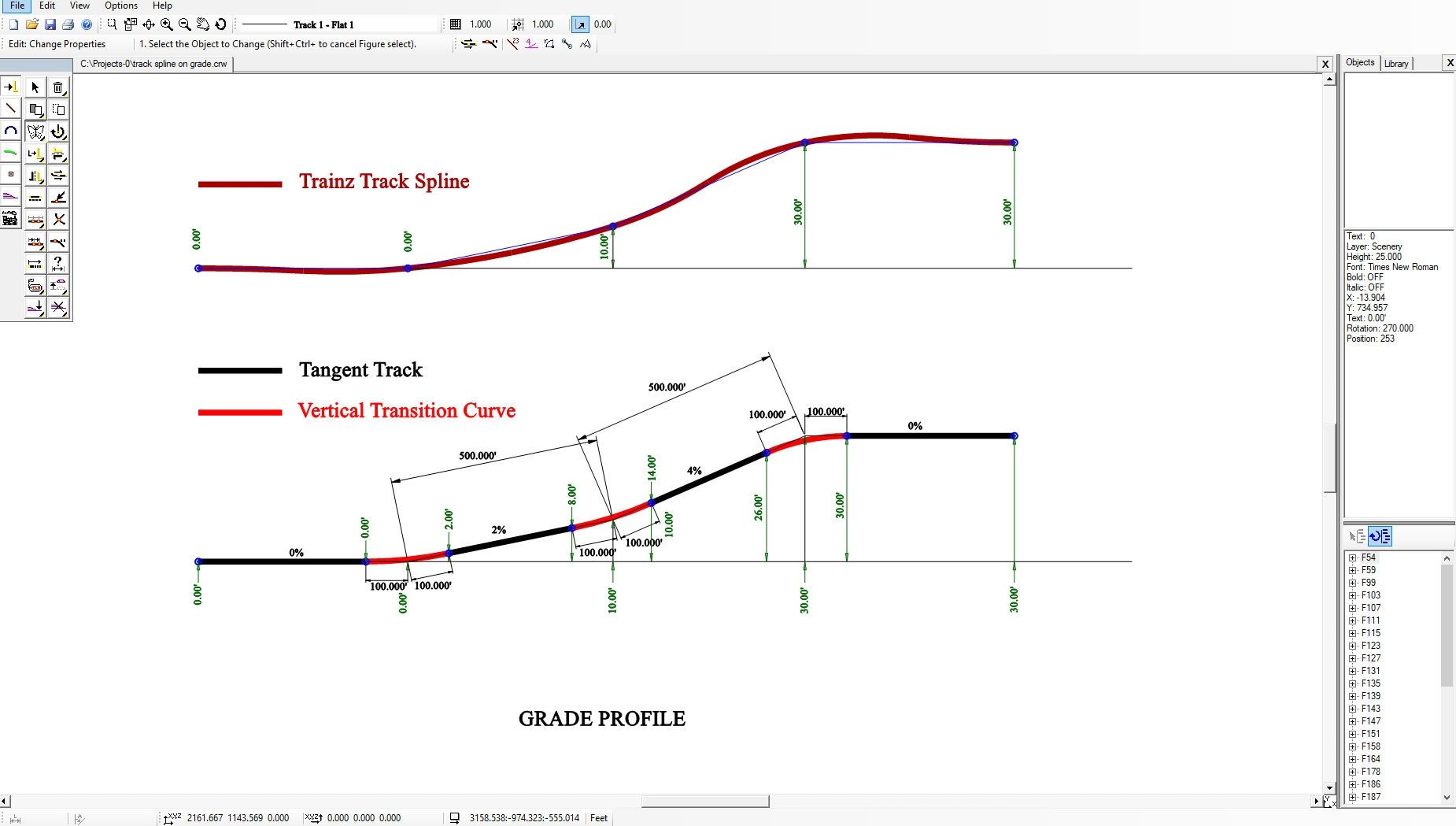Saw this the other day while running a new route: at one point it said that I was going up a 3.9% slope! I wondered how this could possibly be since I choose the track slope and then build (lay) the track. Since the track was laid at approx 1.3 slope, this shouldn't have been. Exiting driving and then going and check that area, all was good: gradients ranged from 1.1 to 1.4. Today, while watching a different area of track, it claimed a gradient of 4.3%! I immediately exited driving and checked the slope.....none of the affected area was over 1.3%
Anyone have an explanation or has anyone ran into the same problem?
Anyone have an explanation or has anyone ran into the same problem?

